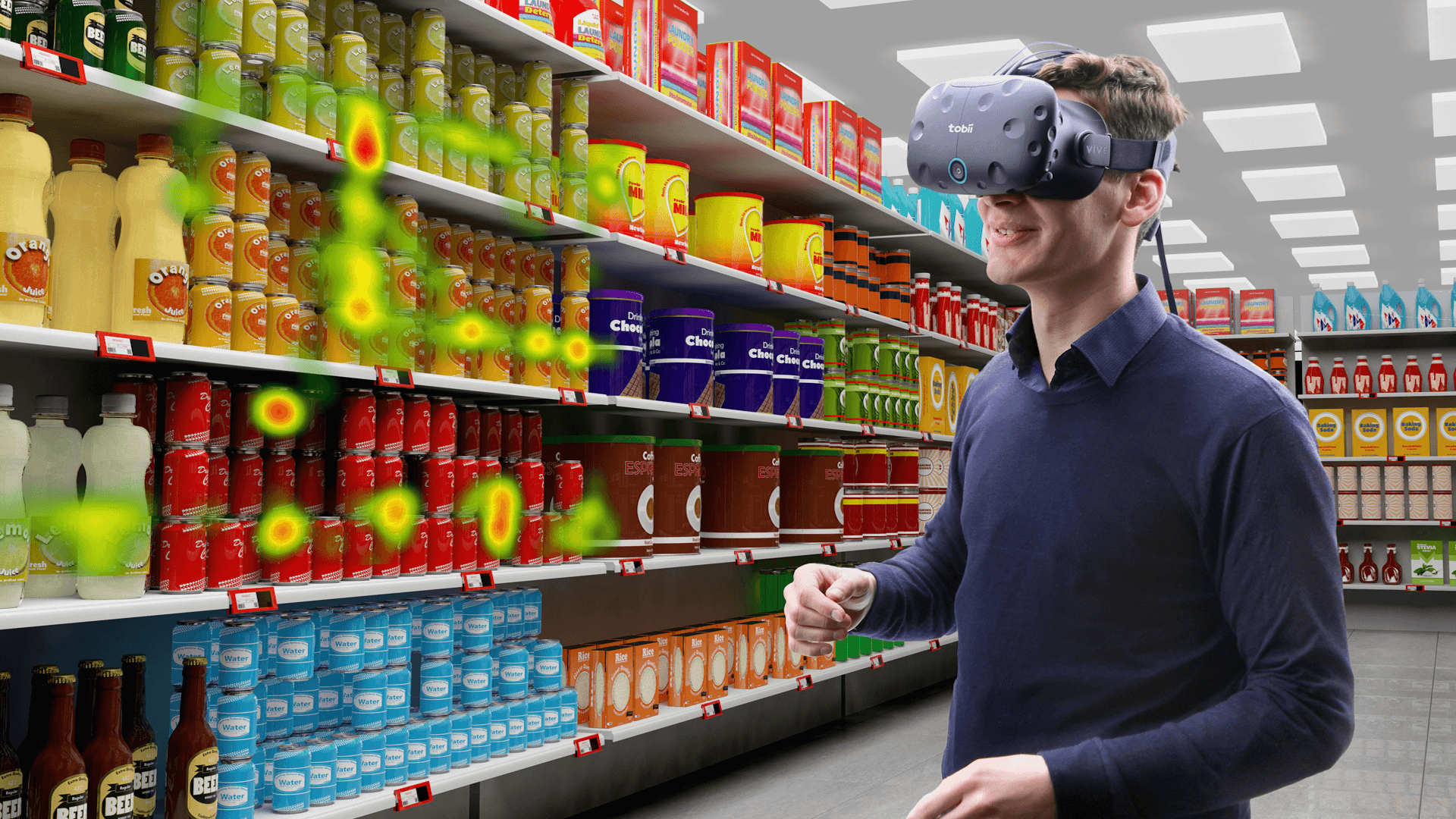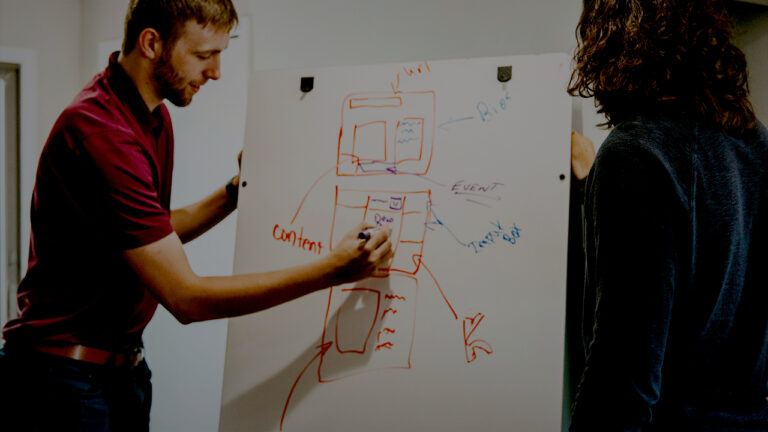At The Sound, we like to keep an eye on emerging trends in research methods; always looking for the next big tool to make our work better and brands smarter. What we’ve learned from years of methodological trend tracking is that there will always be shiny new tools coming out… but without the ability to make meaning out of the data, they can fall flat.
Time and time again, it’s apparent that new tools and new ways to create mountains of data can outpace the development of an efficient analytical strategy that helps brands solve real problems; leaving many asking… but what does it all mean?!?
With a critical eye, we reviewed many of the, frankly cool, new things happening in AI, VR, and AR, and then asked ourselves…
- How (or if) can we strategically use these emerging tools to quickly and effectively answer our clients’ business questions?
- How (or if) can they help us to be better, sharper researchers and consultants?
Here’s what we’ve learned so far…
Emerging Methodologies in Qualitative Research
Overall, many of the methodological changes in the past year have been rooted in practical asks (like, how the h*ll do we collect qual data during Covid?). We’ve also found that the tech-tethered tools (eye-tracking, anyone!?) are inching closer to having an applicable and cost-effective method of use in everyday market research.

The Covid Pivot
2020 brought us all things virtual. With the onset of the pandemic, the industry had to quickly pivot to using a number of emerging virtual methodologies, ranging from platform upgrades to innovative tools. We quickly got used to researching the world from behind our computer screens.
Online groups and IDIs: emerging platforms like discuss.io offer virtual “backrooms” where observers can feel immersed in the research experience. This means we can conduct live research while keeping clients engaged and in the mix!
Mobile-friendly alternatives to In-homes: new user-friendly apps like Field Notes allow respondents to easily upload and share high-resolution self-shot videos. Meaning, we still have access to footage from respondents that is intimate and vulnerable, allowing us to continue to create inspiring films rooted in empathy.
Virtual collaboration spaces: online platforms like Mural virtual whiteboards allow moderators to easily workshop ideas with participants, encourage collaboration, and engage in live projective exercises; creating exciting, synergistic experiences with participants.
Our 2-cents: While this ever-increasingly robust set of tools has been a lifesaver in 2020 (and let’s be honest, still is in 2021); we see a future where these tools complement but don’t fully replace in-person methods. Since putting virtual tools to the test, we’ve found that many continue to be great to meet research objectives (e.g. virtual IDI’s, great!) but some things require that in-person touch, literally (Think: Tactile product evaluation)! Virtual or IRL, we know that research is best when we match the right tool with the question/objective at hand.

The Tech Track
Neuromarketing tools continue to be all the rage! Initially, the mere mention of AI, VR, AR, and automation perked up our ears with promises of making insights more actionable, more agile, more affordable, more meaningful, more novel, more profitable, more creative, and dare we say … more human. But we didn’t fully understand how to engage with these tools and have only recently been discovering their many uses and benefits (which is often the result of merging tech tools with tried-and-true qual methods). We got the scoop on some such emerging methodologies…
Eye Tracking Technology (e.g. Tobii Pro): this technology is effective in evaluating a participant’s focus of attention; assessing how participants take in visual information by tracking where their eyes go on a screen. As this tech becomes more inexpensive and accessible, it stands out as a helpful supplement for creative testing and concept evaluation.
Emotion Recognition Technology (e.g. Affectiva): using facial expression analysis, speech analytics, and data collection, Emotion AI measures the emotions people exhibit during virtual interviews through browser-based software. This allows a deeper understanding of a participant’s feelings as it tracks emotional fluctuations live. Used in tandem with a video interview, a moderator is fed emotional data readings to help know when to ask a participant why their emotions shifted in response to stim.
VR Technology (e.g. Explorer Chicago Shopper lab): though still nascent, researchers are pairing IDI’s with VR headsets. Participants are able to navigate through virtual space while moderators monitor where the participant’s attention is pulled. Researchers can “shop-along” with participants in “real” or digitally rendered spaces while asking probes in response to the VR-tracked data.
Our 2-cents: When offered as standalone tools, emerging technologies in neuromarketing can be limited in explaining the deeper, human-centric “whys” behind reactions. However, when paired with qualitative research, these tools offer valuable supplemental insight into human behaviors.
So where does that leave us then?
Well, we don’t hate tools. In fact, we use them… a lot. However, we like to think about what a tool can actually DO for us before we use it. An effective tool should give us better data, which then leads to better insight, which then leads to better advice, which then leads to more impactful work for our clients. Therefore, it is our responsibility as researchers and consultants to be particularly interrogative about what tools we choose to use to make meaning out of data.


